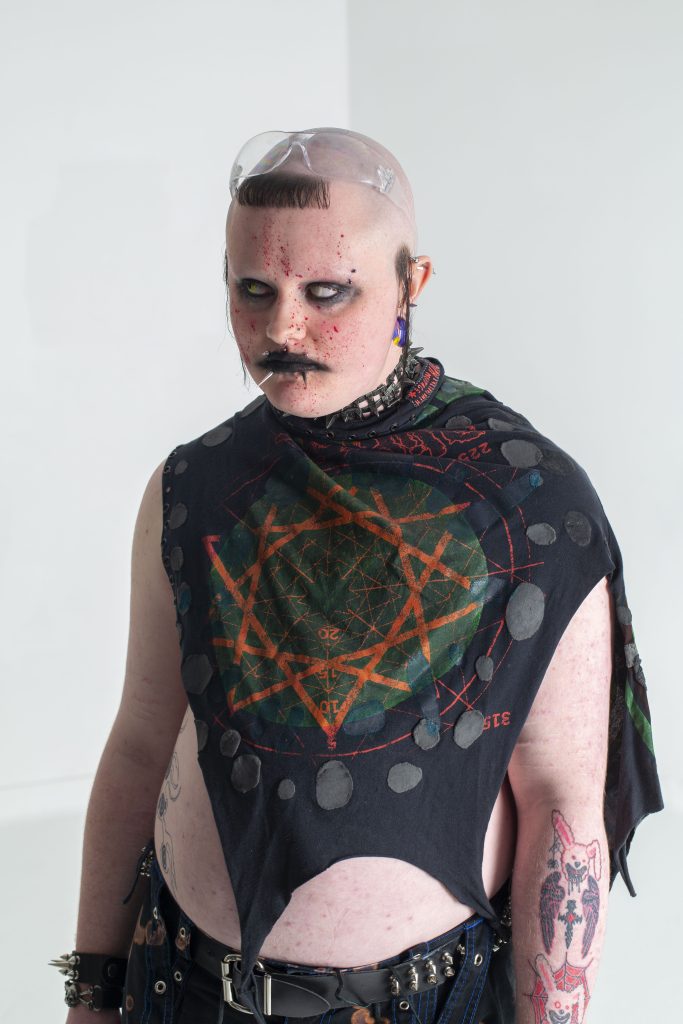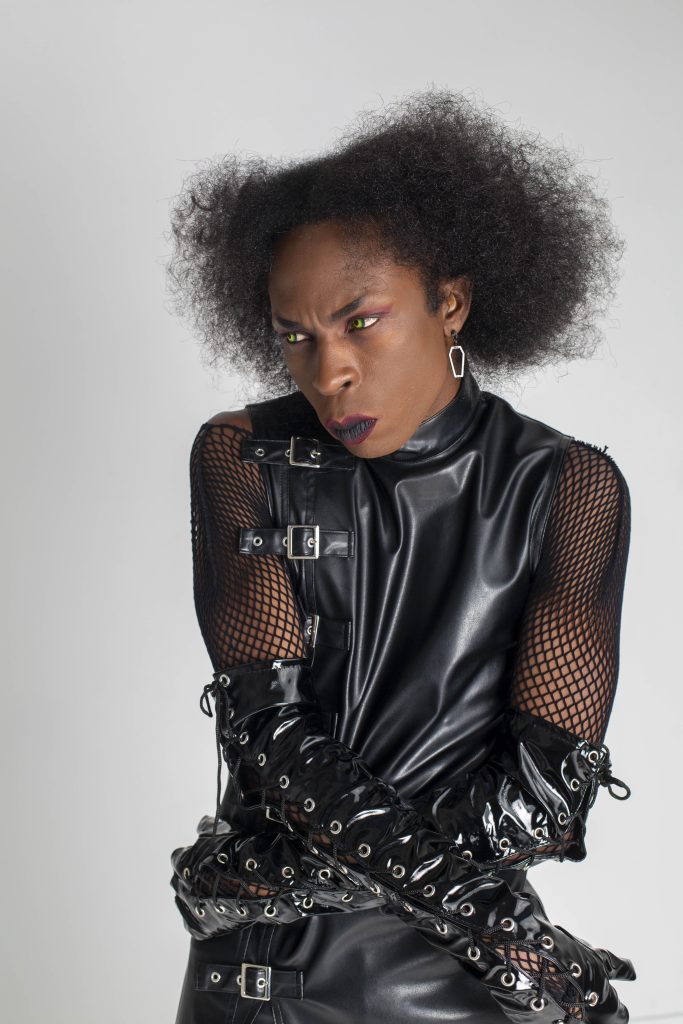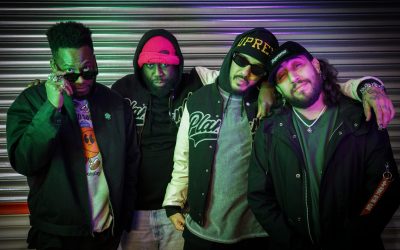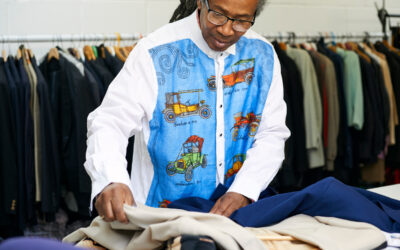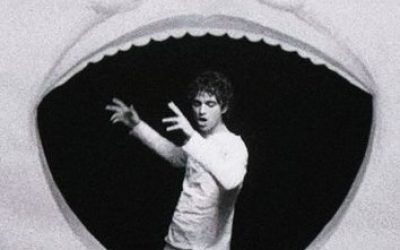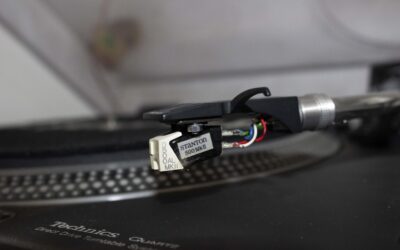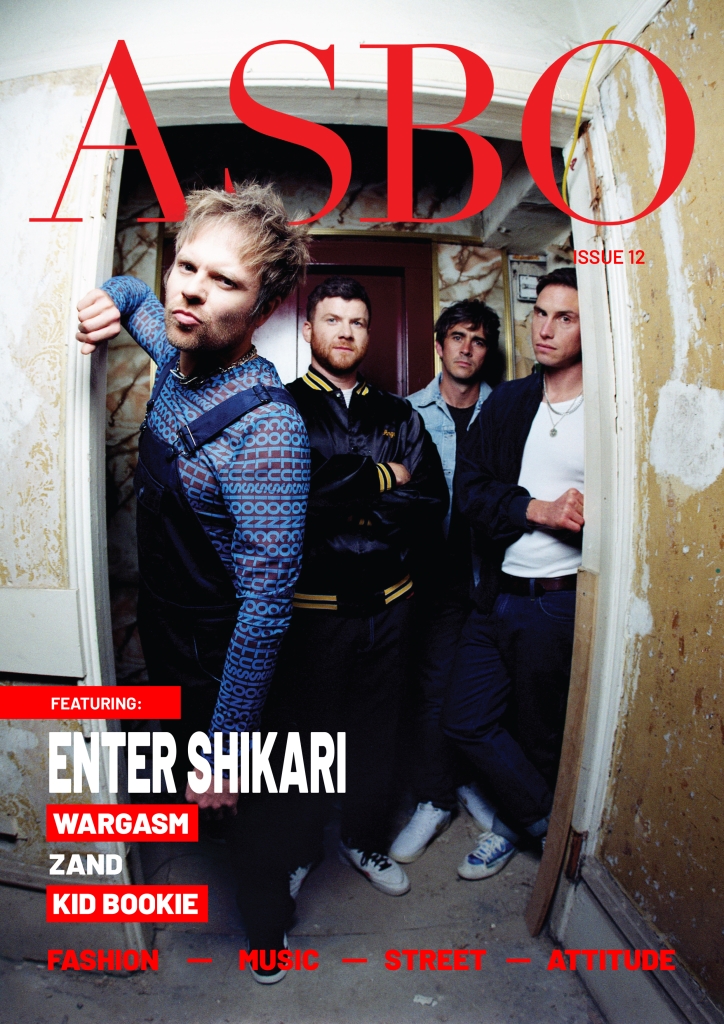Words: Richard Hudson-Miles
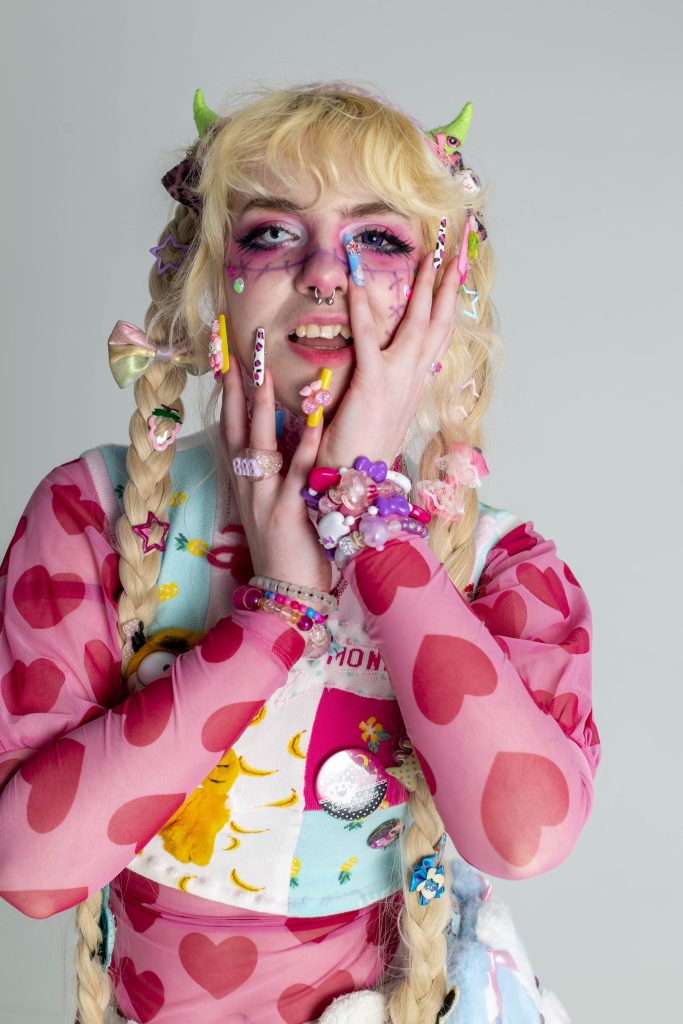
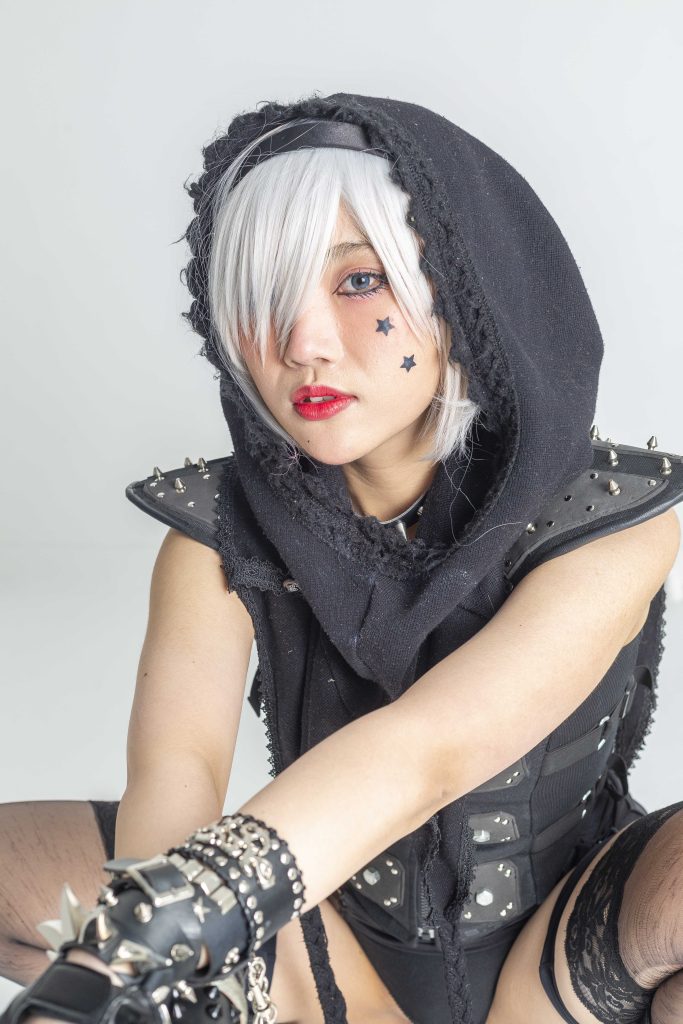
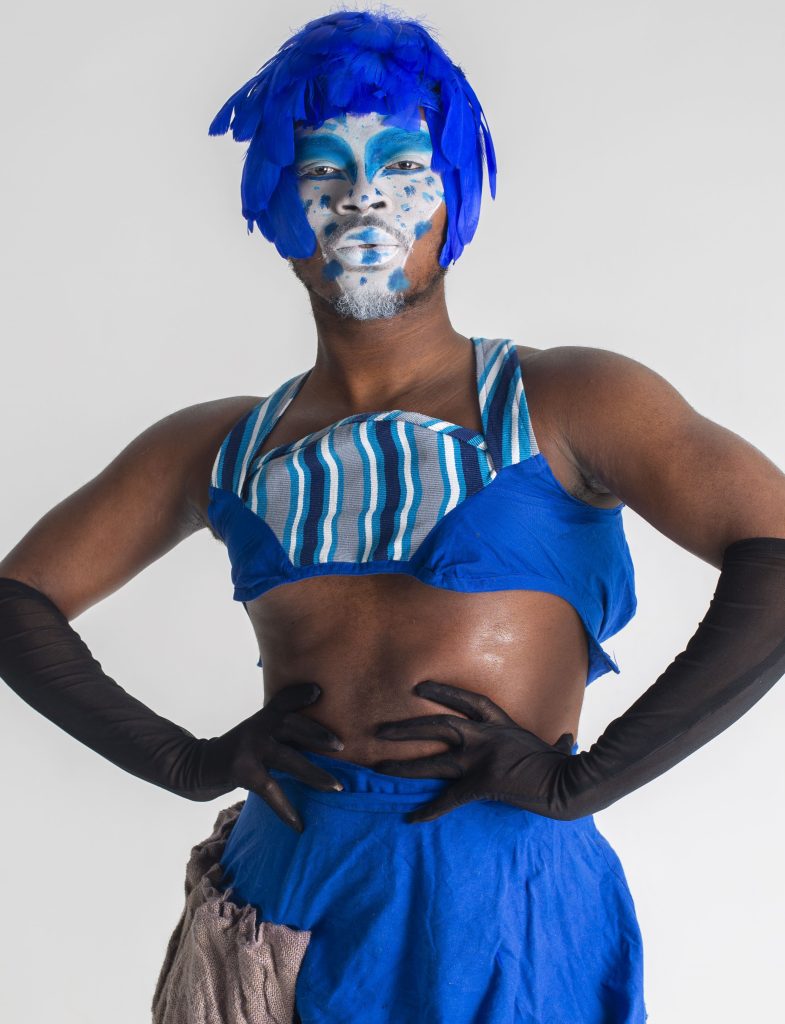
As our earlier feature demonstrates, the Club Kids were pioneers of the debauchery and excess which became commonplace throughout the clubbing and EDM scene from the 90s onwards. One obvious inheritor was the legendary Manumission club nights in Ibiza (1994-2008). This night started in a gay club called Coco Loco, before moving to Amnesia, and then a bespoke hotel complex. Like the Club Kids’ signature Disco 2000 parties, the emphasis was on liberation and transgression. Manumission translates to ‘release from slavery’. This sense of release was channelled through the signature Balearic house music, but also through the endless parties which frequently lasted more than 38 hours. Echoing the Club Kids libidinal excess, Manumission usually choreographed sex shows live on stage. It was also just as anarchic as the Club Kids nights. Co-founder Claire Davies remembers it as being a purely creative project, with no central financial controller; a utopian after-hours space for DJs, clubbers, artists, and celebrities to hang out.
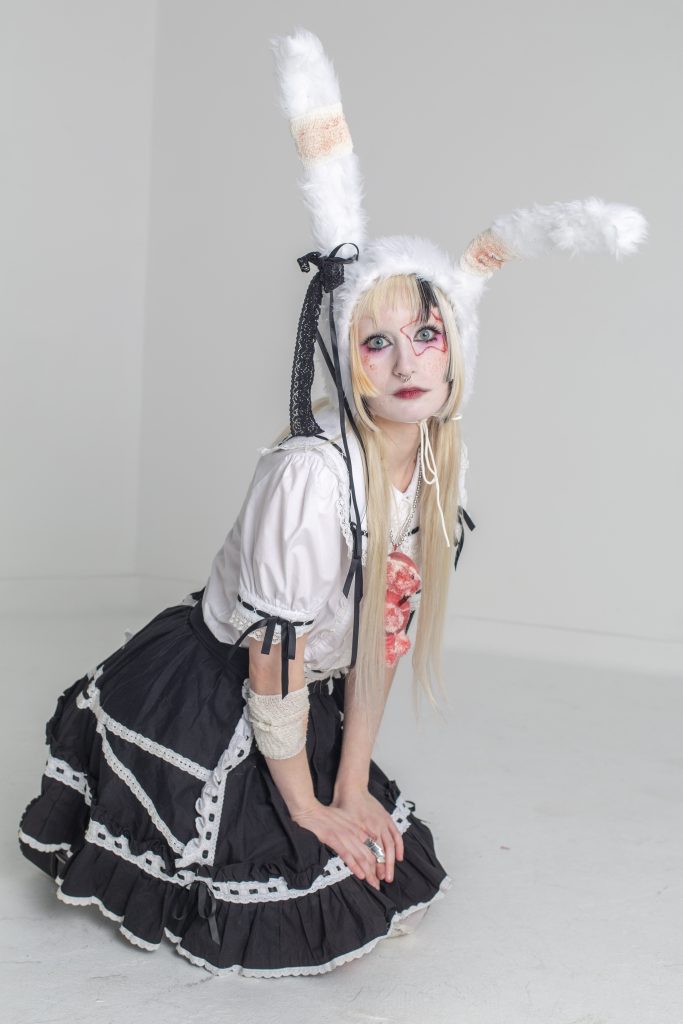
Another Club Kids successor would be London’s Torture Garden (1990-Present), a fetish club which combines BDSM culture with aspects of performance art, techno music, and sexual liberation. Attendees regularly wear cybergoth fetish wear that the Club Kids would be proud of. Though he is probably not the best authority on club debauchery, in 2018 Mayor Andy Burnham called Manchester the ‘wildest city in the world’, largely on the back of its history of acid house and techno parties at clubs like the Haçienda and The Warehouse Project. Internationally, the Club Kids legacy can be felt throughout Berlin’s Love Parade, an annual street rave which regularly attracts over one million visitors. Also, the anarcho-communism of The Burning Man festival, hosted off-grid in the middle of the Nevada desert. Its attendees build and dismantle a libertarian commune to rave in, called Black Rock City, almost entirely out of salvaged scrap. Away from the reach of law and order, anything goes for the duration of the festival.
Inspired by the Club Kids legacy, the theme of this edition of ASBO is ‘Dressing Up’. Astro Erle, Wallpaper, Michael Alig, Jenny Talia, and the rest of the Club Kids, used flamboyant fashion and fierce alter egos as a weapon against the grim social conditions of 1980s New York. Similarly, we believe that kids today will once again choose excess and stylistic self-expression as a reaction to the restrictions of the recent COVID lockdowns. Also, as a rebellion against the conservatism that we sarcastically call ‘Generation Beige’.
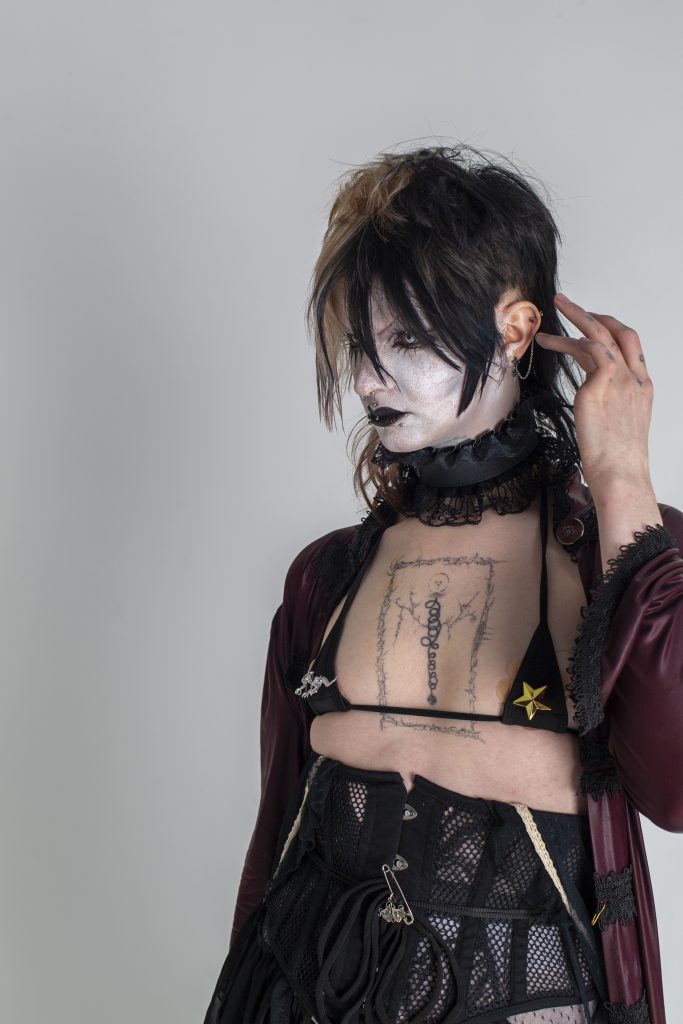
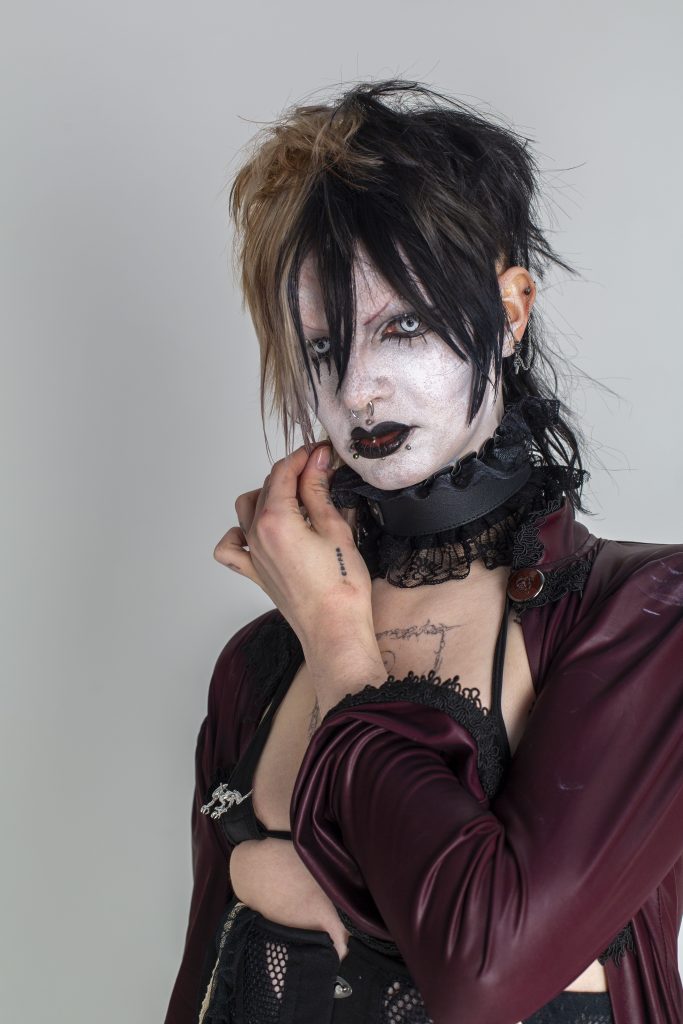
The annual Met Gala in New York is the fashion industry’s attempt to incorporate the sartorial experiments of the Club Kids within its elitist structures. The tradition at these exclusive, ticketed events is for publicity hungry celebrities to compete with each other to wear the most outlandish red-carpet outfits. Standout efforts include the American model Amber Valletta, who turned up in 2004 wearing a Galliano designed, Marie Antoinette style, silk robe en gaulle. An honourable mention should also go to the designer Marc Jacobs, who walked down the red carpet in 2012 wearing a sheer black lace dress over white boxer shorts, black socks and C18th style buckled shoes. Trumping all of these in the decadence stakes was the American actor Billy Porter, who was carried aloft into the 2019 Met Gala on a Sedan Chair, dressed like an exotic sultan, carried by six bare chested hunks. At the same Gala, the actor Jared Leto arrived wearing a red high-neck gown, carrying a prosthetic model of his own severed head. In what was very likely a satire of the pomposity and posturing which has become the Met Gala’s signature, the singer Katy Perry showed up in the same year dressed as a life-sized cheeseburger

All this is great fun, of course, but there is a huge difference between this sanitised, industry funded spectacle and the D.I.Y. parties of the Club Kids. Met Gala attendees are chauffeur driven to the ball, and protected by security guards. The Club Kids had to negotiate the mean streets of downtown Manhattan, where they would be routinely subject to prejudice, abuse, even violence. This makes their attempts to bring the ballroom to the streets, in the form of Outlaw parties, even braver. The Met Gala encourages experiment, within the safe confines of a fashion industry ivory tower. Yet, very few of these extravagant looks trickle-down into mainstream fashion. This reinforces the idea that expressive fashion is for social elites and the masses must be satisfied with the conformist banality of fast fashion. The Club Kids attempted something entirely different, akin to writing the fashion system from the bottom upwards. In what fashion theorist Ted Polhemus has described as a ‘bubble-up’ process, the wild ensembles of the Club Kids were gradually copied by celebrities and couture designers alike. To underline, the difference between a world governed by a top-down, trickle-down processes and a bottom-up, bubble-up culture is democracy. It is the difference between having a say in the direction of the world or accepting your lot in life. Ultimately, this is a question of politics.
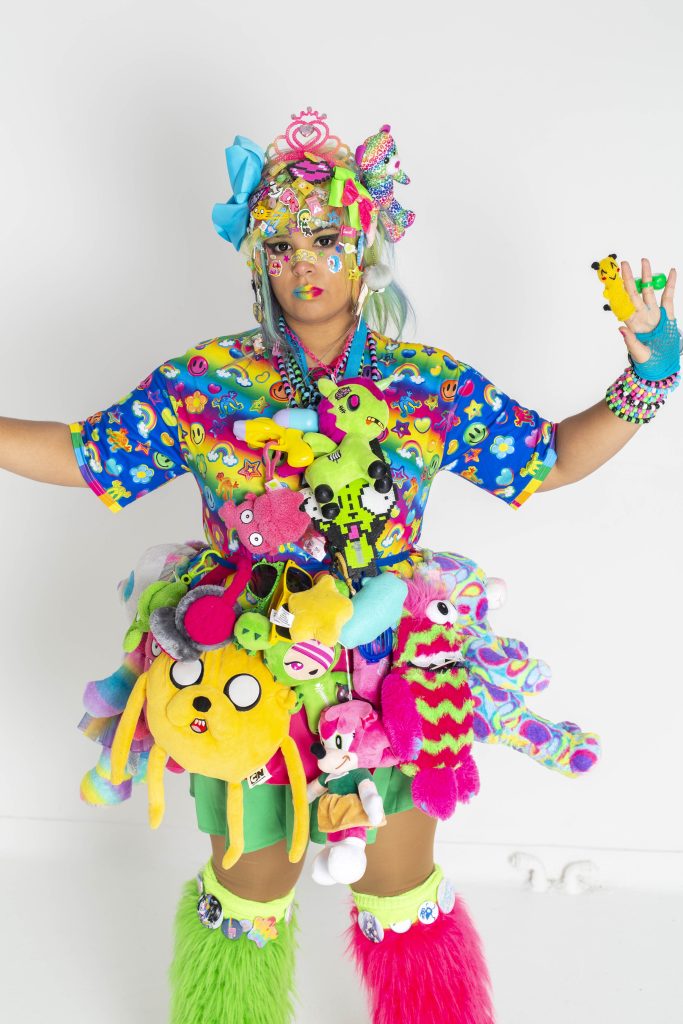
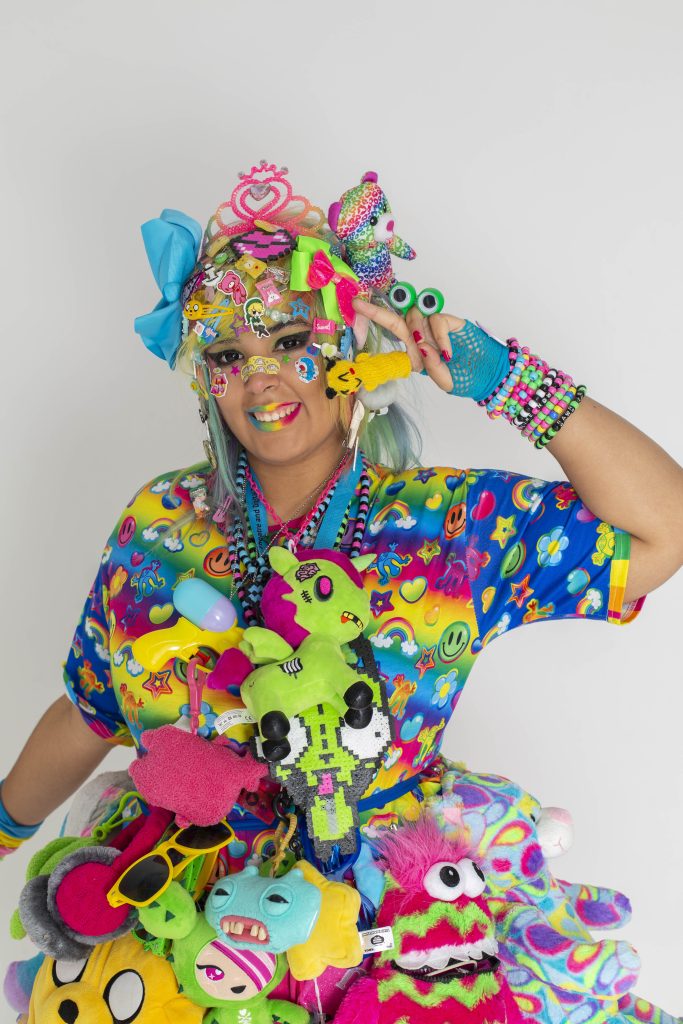
Take a look at the street-style sections of this magazine. I know from first-hand experience that walking through the streets of Northern cities like Leeds, dressed like @wildings36 or @phlegm_fatale_, takes an incredible amount of bravery. Sadly, I know that this will also be met with heaps of derision, probably abuse. There is something beautiful about dressing like you don’t give a fuck. As the Club Kids readily understood, that beauty relates to the liberation felt when you break through the shackling conventions of mainstream society. When people tell you that “You’re Not Going Out Dressed Like That”, instead make your outfit even wilder, more confrontational, more risqué. If we are ever going to move beyond the repressions of Western, white, patriarchal, and heteronormative society, then “Going Out Dressed Like That” is precisely the point.
